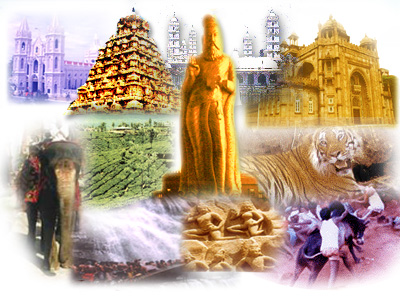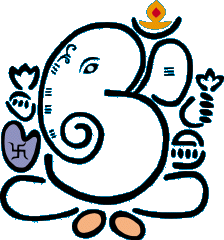







|
|
CHENNAI started with a strip of golden seashore on the east coast of India where Fort St. George now stands. A place of time-honoured memories, it grew to engulf many adjoining villages which even today stand isolated in their individual glory. Chennai is a city of extremes. |
|
A very famous temple in Chennai is an 8th century Pallava temple called the "KAPALEESWARAR TEMPLE", located at Mylapore. |
|
|
|
Tamil Nadu provides the visitor with a wide variety of delicious food both for the vegetarians as well as the non-vegetarians, though most food in Tamil Nadu consists of grains, lentils, rice and vegetables. Spices are added to give a distinctive taste. Breakfast or tiffin includes idly (steamed rice cakes) (top), vada(deep fried doughnuts made from a batter of lentils) (middle), dosai (a pancake made from a batter of rice and lentils crisp fried on a pan) (bottom), pongal (a mish mash of rice and lentils boiled together and seasoned with ghee, cashew nuts, pepper and cummin seed), uppuma(cooked semolina seasoned in oil with mustard, pepper, cummin seed and dry lentils.) There are several variations of the dishes mentioned above which are eaten with coconut chutney, sambar (seasoned lentil broth) and mulaga podi (a powdered mix of several dried lentils eaten with oil). |

| Home |